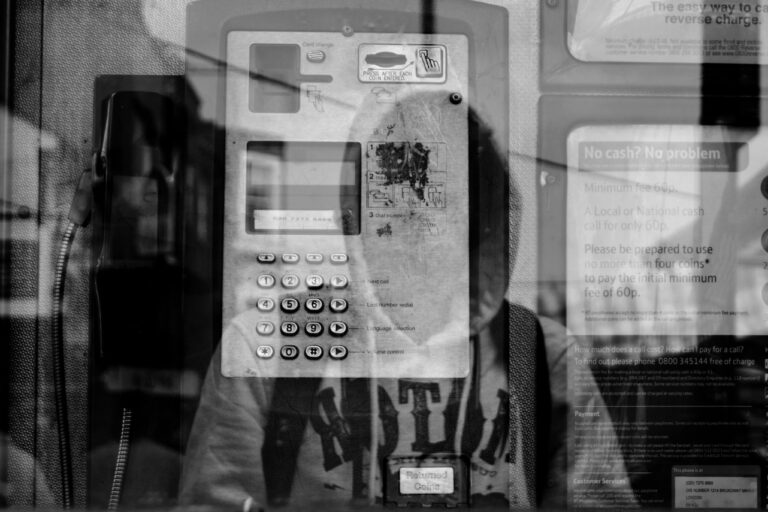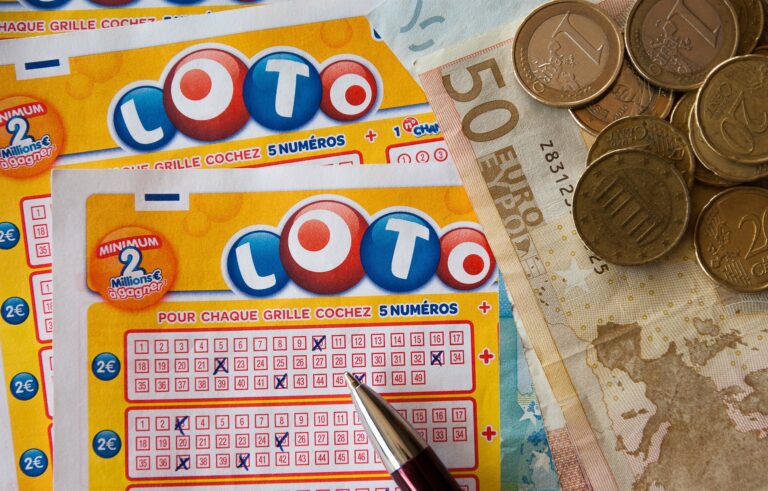The Complete Guide to QR Code Fraud and How to Mitigate It.
QR codes are still an important and useful technology, both in the business world and in our personal lives.
QR Codes are a great way to get more detail about your products, connect with new customers, or just have some fun. But there’s one major problem with them: they’re easy to fake.
In this article, you’ll learn what a QR code is and why they’re used; how to create a QR code; which QR codes are most popular; how to use an app to scan a QR code; and learn about the latest QR codes scams and how to avoid them.
What is a QR Code?
- QR codes are typically square in shape and contain black modules arranged in a square grid on a white background. The modules encode data that can be read by the device’s camera when it is pointed at the QR code.
- A QR code is a type of barcode that can be scanned by a smartphone to get an instant connection to a website, video, or other information. QR codes are most often used in marketing and advertising campaigns.
- In recent times, QR codes have become ubiquitous in our culture. However, because they are often used in public places, QR codes pose a noteworthy fraud risk.
- Unfortunately, QR codes can also link you to phishing sites that steal your personal information, such as credit card numbers.
How it Works
- QR Codes are the most popular form of mobile marketing. The user can scan the QR Code with their smartphone and be directed to a website, video, or another type of content.
- One reason is that smartphones have become more common and most people no longer need to use QR Codes because they can just type in a website address.
- Another reason is that people don’t want to download an app just to scan a QR Code. This is especially true if the app requires permissions that would give it access to personal information like contacts or photos on your phone.
- QR CodeWorks is a QR code generator that has been designed to make life easier for marketers. The app allows them to create QR codes and add customized content in a matter of seconds.
What is Qishing?
Qishing is the act of manipulating a victim into scam on a malicious QR code. A legitimate QR code is replaced with a fraudulent code this QR code contains malicious software that can be used to steal information from the user, install malware or steal data from their device.
Some of the most common examples are:
- An advertisement or event flyer that has a QR code is created. The QR code contains malicious software such as adware, spyware, or ransomware. A person sees an ad they like and scans the QR code with their mobile device without thinking about it and downloads the software onto their device without knowing it. They then may inadvertently download malware onto their smartphone.
- A clone of a popular app with malicious content is created to steal the personal information of the users who download it. It could also be used to gain access to private data such as passwords and credit card numbers.
- A popular game is cloned with a virus that causes any device that downloads the game to have the virus spread to all their other devices using Bluetooth or Wi-Fi.
What Exactly are QR Codes scams and Why Should We Be Worried?
QR codes have become a popular way for brands to engage with their customers. Not only are they easy to scan, but they also provide a way for brands to connect with consumers on a different level.
The problem is that QR code scams are on the rise. Brands need to be aware of this and take steps to make sure that they are not falling victim to it themselves. There are three main types of QR code scams:
- The first type is where the QR code is used as a mask for phishing scams.
- The second type is where the QR code redirects users elsewhere when scanned, usually away from the legitimate website or app that it was originally linked with.
- The third type of scam is where there is no actual link instead, it just displays an image or message when scanned.
How Can We Prevent Ourselves from Being Victimized by These Impressive Forms of QR code scams?
The QR code scams are getting more and more sophisticated. They are now capable of fooling even the most experienced people, which is why it is important for us to know how to protect ourselves from these scams so that we don’t become victims.
Check the QR code before scanning to ensure it is valid
- Inspect the QR code closely to see if it has been tampered with. However, they can be tampered with to display other information. The most common alterations are code is glued or attached over something else.
- Recent data suggests that QR codes in public spaces are more susceptible to tampering.
We recommend checking for any typos or other errors in the URL.
- After scanning a QR code, first, take a close look at the URL. Pay attention to the spelling of words, as well as keywords that are relevant to the context.
Verify the legitimacy of the destination website
- When people hear the word “QR code,” they automatically think of a legitimate business. However, scammers often make fraudulent websites appear as legitimate as possible. That means a QR code might lead you to a website that seems more legitimate than it actually is.
Never scan public QR codes, if you don’t know the purpose of it
- Scanning QR codes from strangers can come with a lot of risks. Before you scan anything, always think about the following: is it safe? Is it going to install malicious software or complete a nefarious task like phishing or identity theft?







